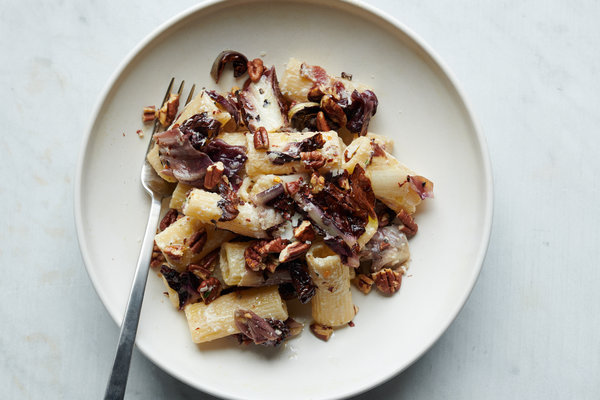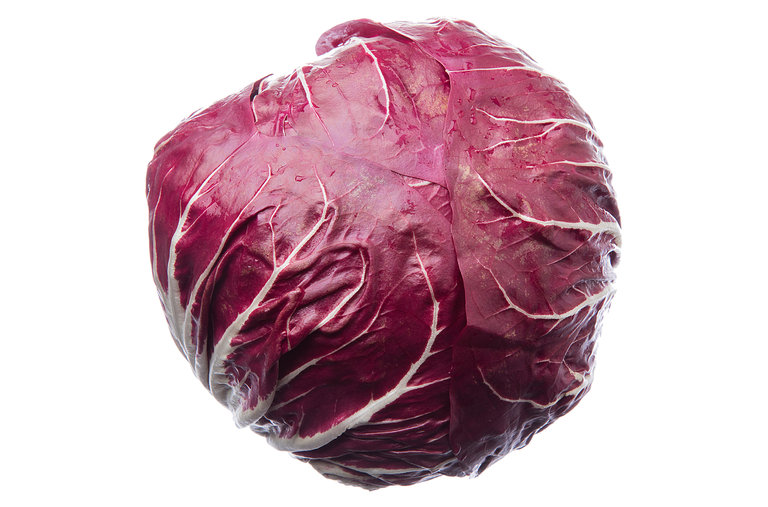At our house, pasta of some sort is on the menu at least once a week. I would say it is among my favorite foods — easy to prepare, fun to eat and unbelievably versatile.
Pasta can lean in so many directions. Depending on a cook’s mood or inclination, it may be a complex endeavor or a casual no-nonsense affair. If time is short or shopping is not a possibility, it can be very simple indeed, quick to assemble and on the table in a jiffy.
In fact, sometimes the most elemental pasta dishes are the most satisfying. I never tire of spaghetti dressed in a sauce of olive oil, garlic and flaked red pepper, sizzled briefly, with or without a bit of anchovy. Linguine tossed with a quickly made plain tomato sauce is sheer comfort food.

Salty bacon, pecorino and pecans round out the pasta’s flavors.CreditDavid Malosh for The New York Times. Food Stylist: Simon Andrews.
Of course, I’m talking here about dried pasta, the kind that comes in every imaginable shape and size. (Fresh egg pasta is another story altogether.) With dried pasta in the pantry, one never goes hungry. The variations are endlessly interesting.
I usually like my pasta to be vegetable heavy, perhaps with just a bit of prosciutto or bacon. I want it to be a reflection of the season: peas and asparagus in the springtime; zucchini and green beans all summer long; saucy mushrooms in the fall.
In cold weather, my pastas often feature the radicchio family. Though radicchio and its chicory siblings are wonderful used raw in salads, they’re especially fine cooked and paired with pasta. The thing to watch out for, however, is that cooking radicchio can sometimes emphasize its innate bitterness.
I find that a char under the boiler or grilling shows off radicchio’s pleasantly bitter flavor to its best advantage. Enhanced and tamed with the sweetness of ricotta and toasted pecans, and paired with bacon and pecorino, the bitterness recedes.
Large, chewy tubular pastas, like rigatoni, ziti or paccheri, are the best choice for this hearty dish.
Use round radicchio di Chioggia (the most commonly available), long radicchio di Treviso or curly-fingered radicchio Tardivo. They all sport beautiful red and burgundy leaves. The color fades when they hit the heat, but for the sake of a stellar pasta, that’s a small sacrifice.






